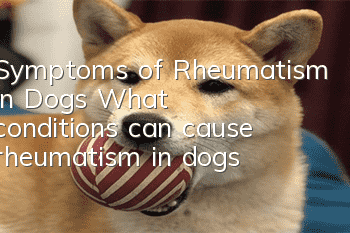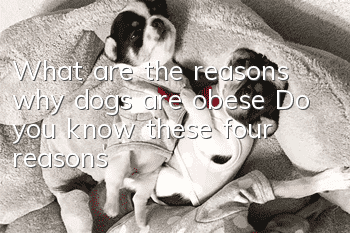What's the matter with Corgi's eyes?

Corgi eye droppings may be caused by internal heat, eye inflammation, canine distemper or parvovirus. First of all, if Corgi eats dry, hard, heavy oil and salt food for a long time, which will cause the body to get angry and increase eye feces. At this time, it is necessary to adjust its diet structure immediately and keep its diet light. Secondly, if there is inflammation in the Corgi's eyes, it will also lead to an increase in eye feces. At this time, anti-inflammatory eye drops need to be used for treatment. Finally, if the Corgi’s eye droppings are purulent and yellow in color, it may be caused by canine distemper, parvovirus or other disease infections. In this case, you need to take the dog to the pet hospital for symptomatic treatment as soon as possible.
1. Getting angry
If you feed your Corgi dry hard dog food for a long time without drinking much water, or feed it food with too much salt, it will cause your dog to get angry and cause eye mucus. Increased and frequent tearing. In this regard, it is recommended that owners provide Corgi with adequate drinking water, adjust their diet, choose low-oil and low-salt dog food, and keep their diet light. At the same time, you can regularly feed your dog an appropriate amount of apples, pears, bananas, broccoli, cabbage and other fruits and vegetables.
2. Eye inflammation
If the Corgi not only has a lot of eye feces, but also has symptoms such as red and swollen eyes and watery eyes, it is likely to be caused by eye inflammation, such as foreign bodies. Factors such as irritation and inverted eyelashes may cause eye inflammation. In this regard, if foreign matter such as dust or hair enters the eyes, it is recommended to flush the eyes with physiological saline. If your dog suffers from inverted eyelashes, and the eyelashes irritate the eyes and cause excessive eye feces, it is recommended to use tweezers to remove them or perform surgical treatment.
3. Caused by canine distemper or parvovirus
If the corgi’s eye droppings are purulent and yellowish in color, it may be caused by canine distemper, parvovirus or other disease infections. It will also be accompanied by loss of appetite, diarrhea, purulent nasal discharge, etc. In this regard, the owner needs to send the dog to the pet hospital for examination and treatment immediately, because canine distemper is an infectious disease with a very high fatality rate. If not treated in time, the dog's life is likely to be in danger.
- Symptoms of protein deficiency in dogs How to supplement protein
- How to treat pica in dogs? Have you seen your dog eating randomly?
- Why do dogs need their nails trimmed? Do you trim your dog’s nails?
- What are the uses of probiotics? What should you pay attention to when feeding your dog probiotics?
- How long does it take for a dog to die from heat stroke? How many hours does it take for a dog to die from heat stroke?
- Differences between Shiba Inu and Akita Inu. Pay attention to these points and it’s super easy to tell the difference!
- What are the reasons for dogs’ gastrointestinal problems? Dogs must be fed regularly
- How to treat urticaria in dogs Symptoms of urticaria in dogs
- How to train a dog to hold a ball Dog skill training methods
- Do you know what breeds the top three dogs with the highest IQ are?



